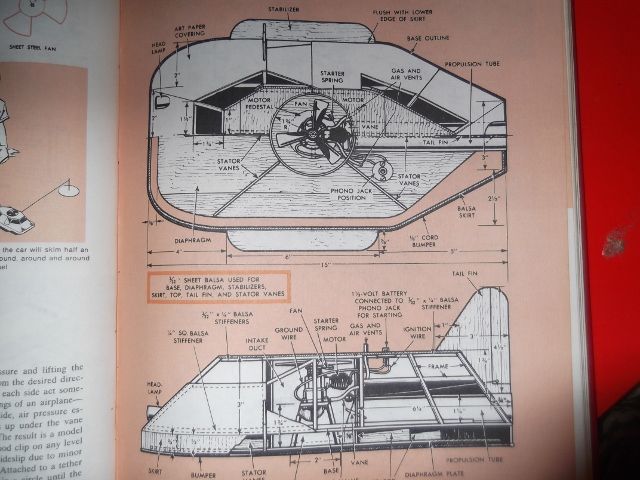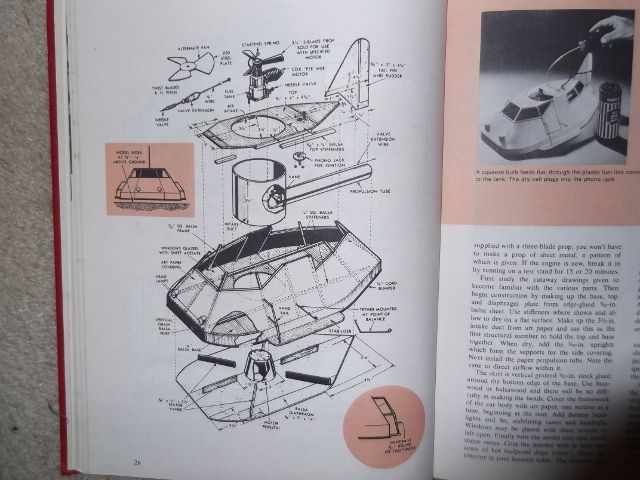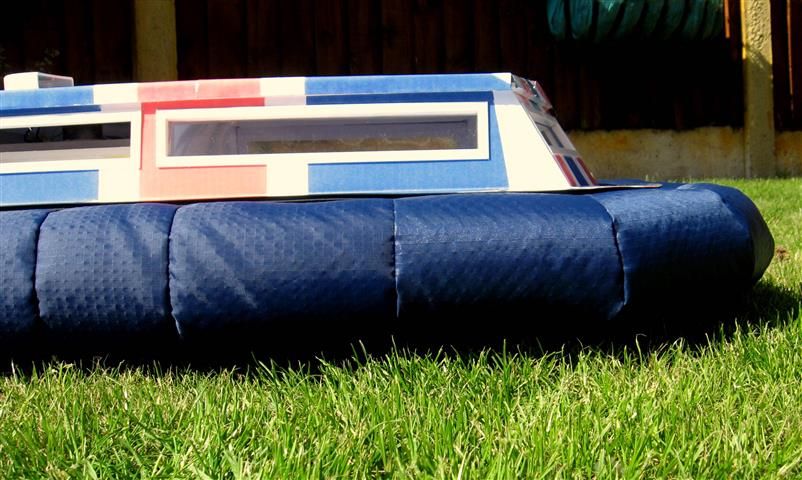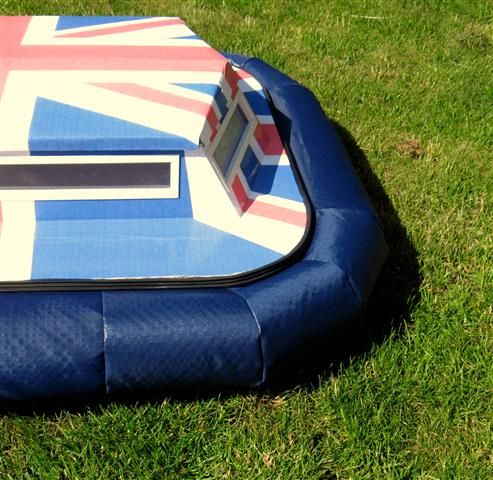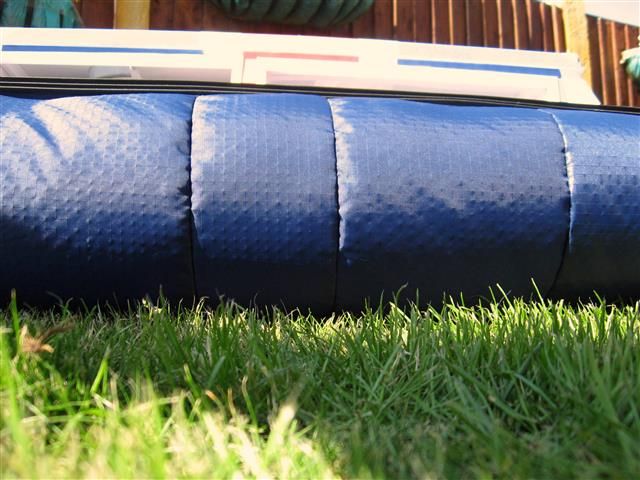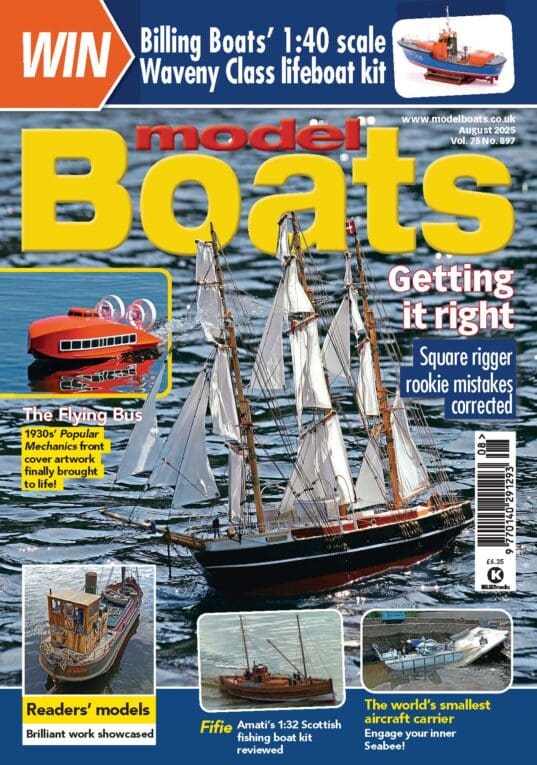Hi Ashley Your quote "BUt, we are trying to generate essentially compressed air in a hovercraft and I thought that a box with a hole in it letting in thrust air and having a water tube manometer would do..BUT air is vented from under a hovercraft.. and how much to let out in a test rig?"
These are some of my thoughts on your remark.
Firstly if we take the weight of the craft (in grams),
And the area of the base of the craft (in square centimetres), this area would be the “footprint” inside the skirts contact with the ground.
Divide the weight by the area to give pressure (grams per square centimetre).
Now Ashley’s water manometer reads mm of water and 1mmH2O = 0.1g/sq cm approx.
This should be the minimum pressure required to lift the craft.
So if we fit the lift fan to a closed box, with a manometer fitted this could give the first check to see if the fan is powerful enough.
Secondly if we measure the perimeter of the footprint (centimetres) this is the distance round the craft where the skirt touches the ground (when inflated) and multiply this by the required ride height (say 0.5cm) this would give an approximation of the size of the “losses” aperture in sq. cm.
Now if we cut a hole in the box the same area as the loss aperture and run the rig again, this would show if the fan can provide enough volume of air to maintain the minimum lift pressure once the craft has lifted off the ground.
This is purely speculative. perhaps Paul can shed some light .
.
cheers Tom  need to lie down
need to lie down


